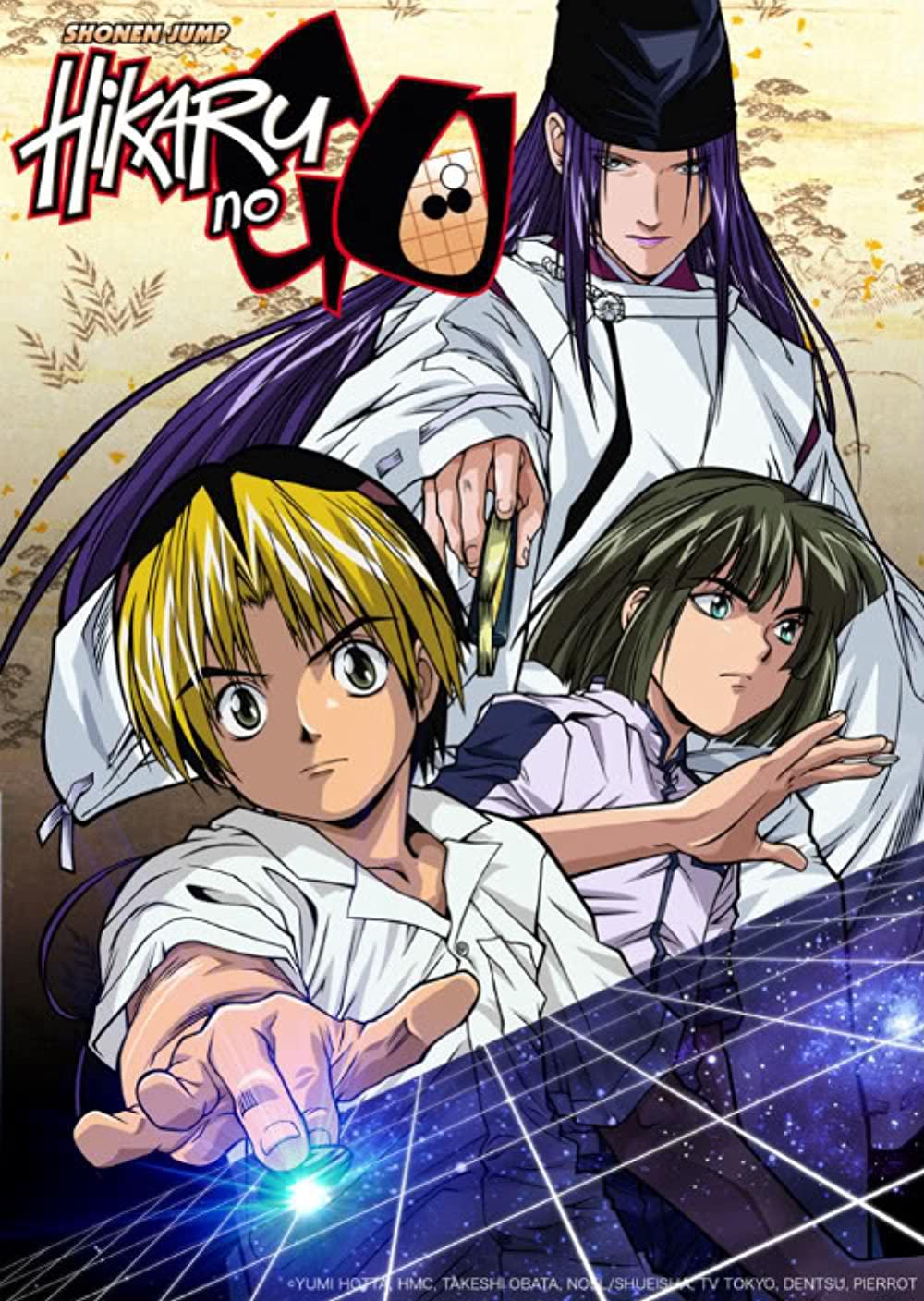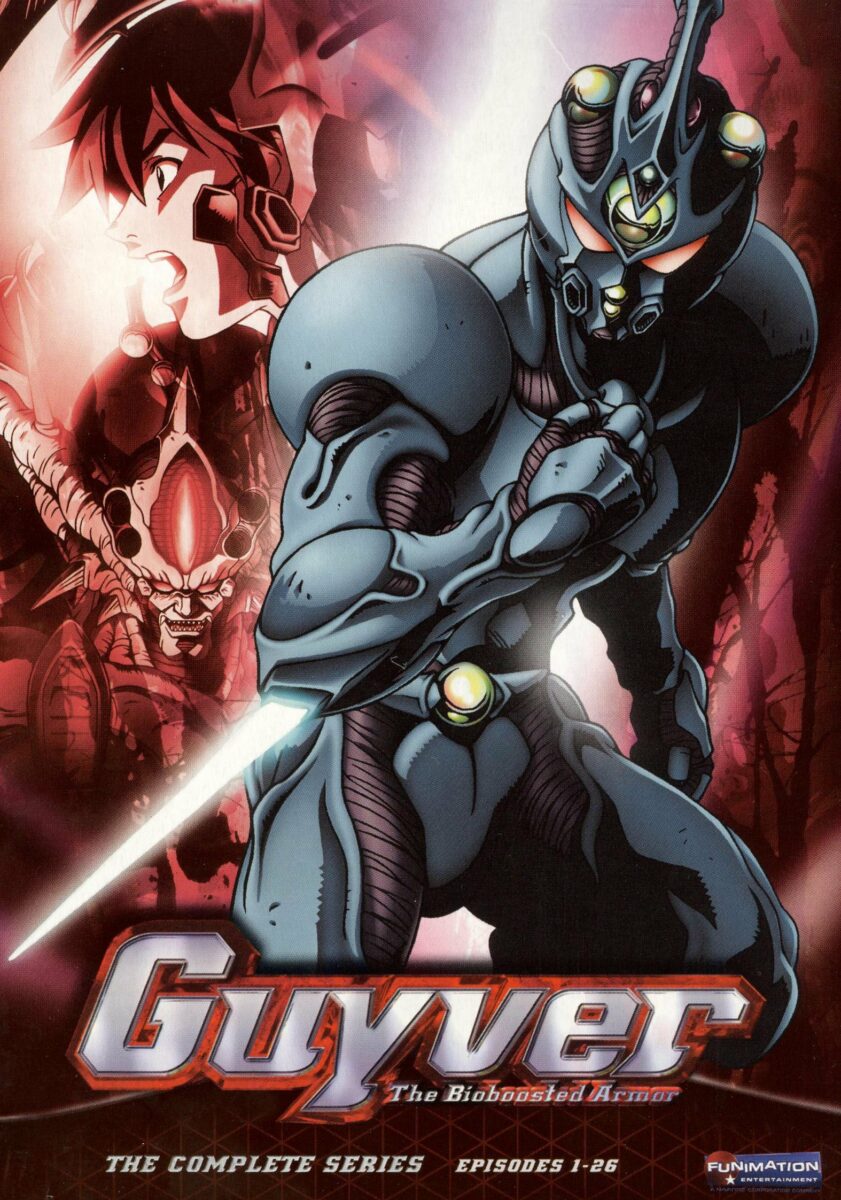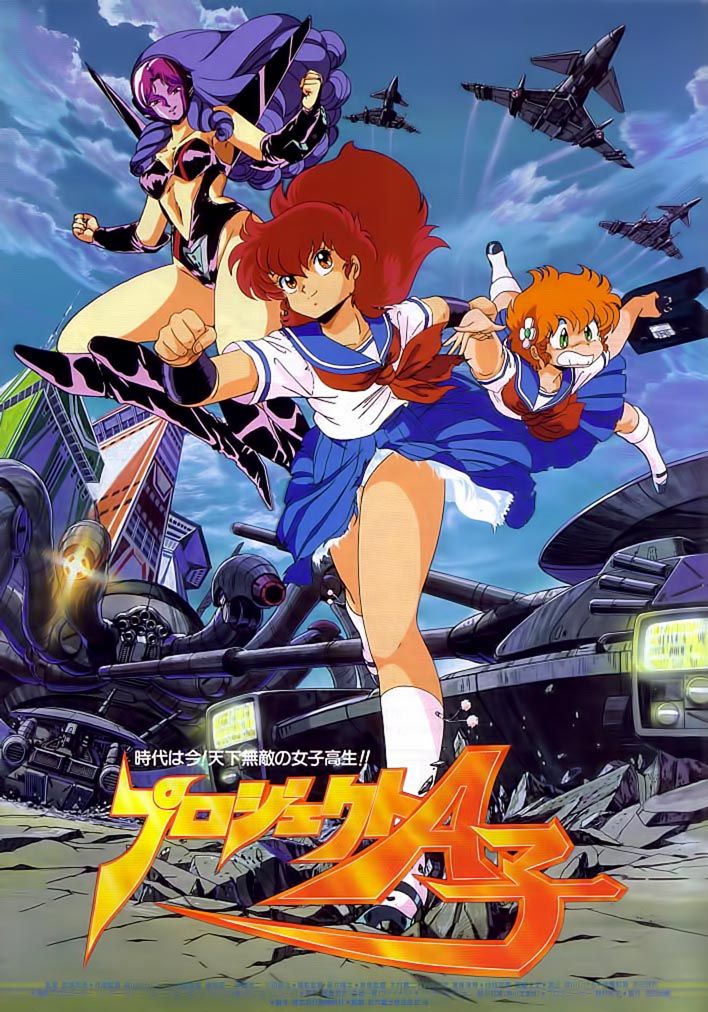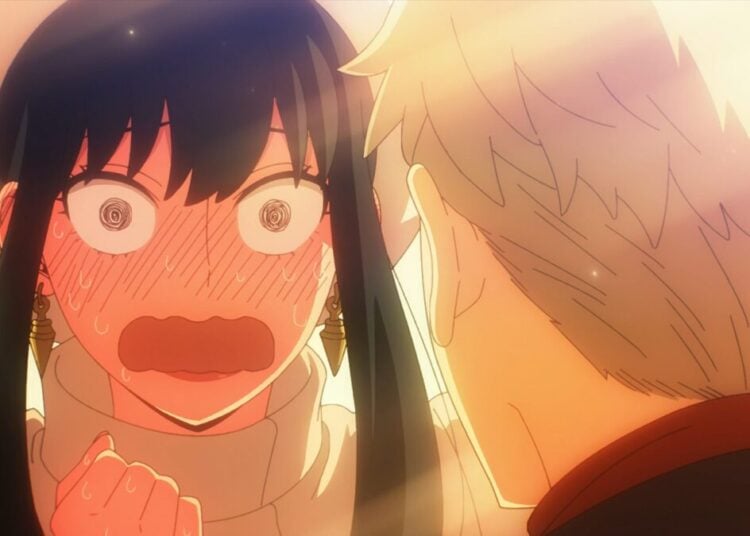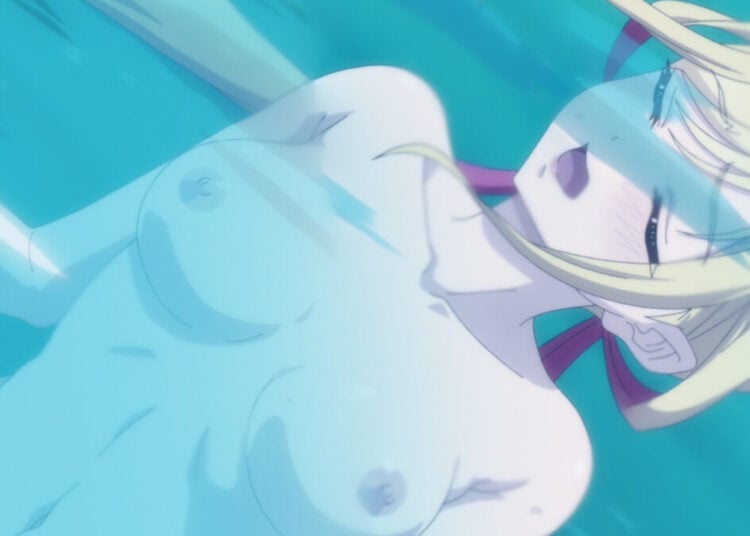Anime fans never forget the first time they turned on the TV and saw the series that would drag them into a new world of magical girls and giant robots. The girls who conveniently show off cute panties and become early favorites for people to harbor crushes are easy to fondly remember and reminisce.
The J-List writing staff have previously weighed in on their favorite games and waifus of 2022 and decided to recount the anime series that made them otaku.
Sailor Moon (Justin)
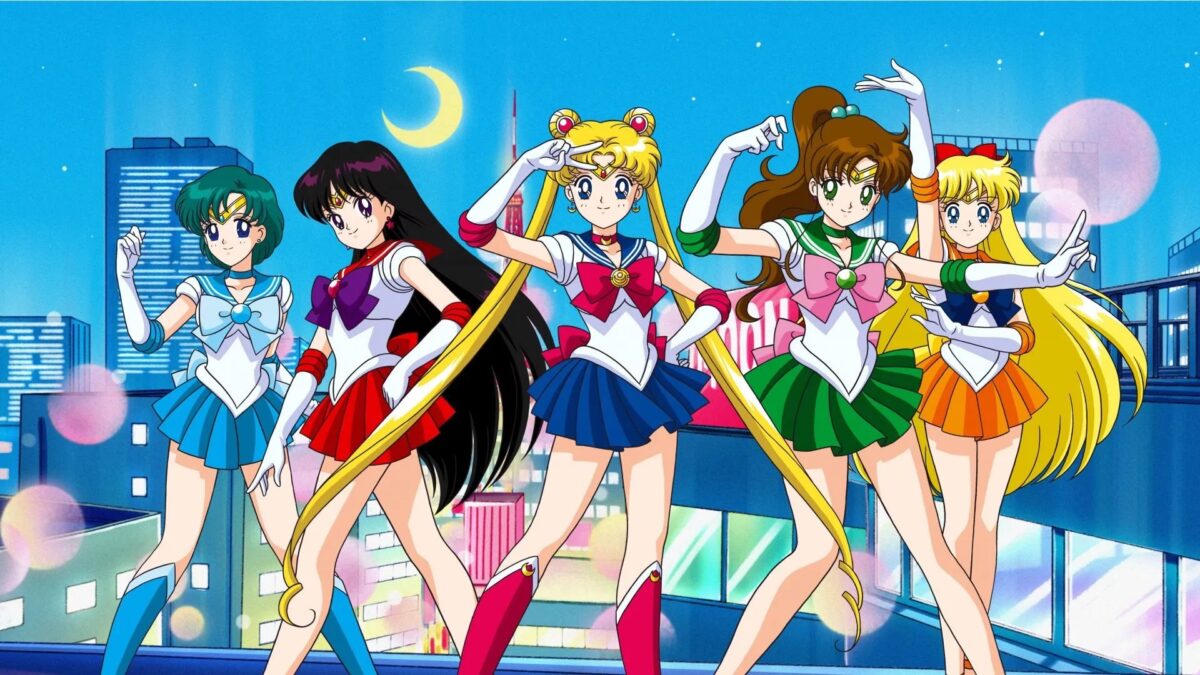
For various reasons, I woke up quite early as a kid, and at that time, the only good thing on TV was Sailor Moon. Finding that series on a random TV station started a lifelong love of Sailor Moon and the anime genre. It was the gateway series, and there were no finer ladies to have walked me through it. The dub was sometimes silly, and Serena’s monotone voice was odd, but the series was pure magic.
Dogtanian and the Three Muskehounds (The Captain)
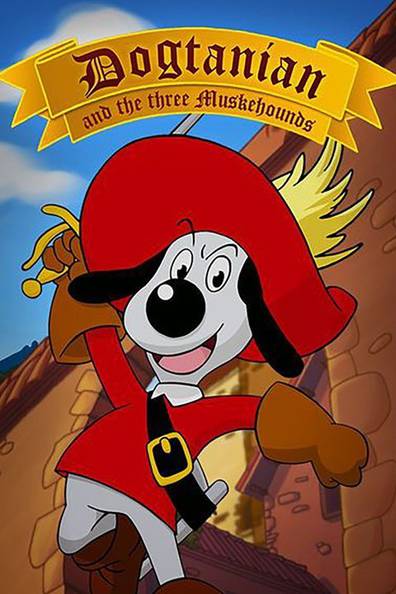
The first anime I watched that I knew was anime was either Ghost in the Shell or Ninja Scroll, thanks to our local Sci-Fi Channel. They even had hentai if you stayed up late enough. But I’m not here to talk about that. Hold on to your time-traveling backsides, kiddos, and let me take you back to another time. Another place. Cue flux capacitor noises!
Have you had that moment when you realized that something you had watched waaay back when was anime? Dogtanian and the Three Muskehounds was produced by a Spanish studio (BRB Internacional), but it was animated by Nippon Animation. The production ran between 1981 and 1982. I probably saw it when I was three, but I only realized the Japanese connection after joining J-List.
If you mentioned Dogtanian, though, I’d have had no clue what you were talking about. See, in South Africa – just before the fall of Apartheid – Dogtanian was dubbed into Afrikaans and broadcast as Brakanjan en Die Drie Musketiers. We just called it Brakanjan. You can experience what – to my three-year-old mind – was pure magic thanks to the power of YouTube.
Another Nippon Animation show that graced our screens on the southern end of the world was Heidi, Girl of the Alps. It was also dubbed into Afrikaans and is probably still broadcast on South African TVs now. -The Captain
It’s always fun to find new Western series that were, in fact, made by a Japanese animation studio. Dogtanian and the Three Muskehounds, D’Artacán y los Tres Mosqueperros in Spanish, Wan Wan Sanjuushi, or Woof Woof Three Musketeers. Though the series was made and released in Japan, only 24 of the 26 episodes they produced were aired there.
Science Ninja Team Gatchaman under the title “G Force: Guardians of Space” (QC (input(VOID)))
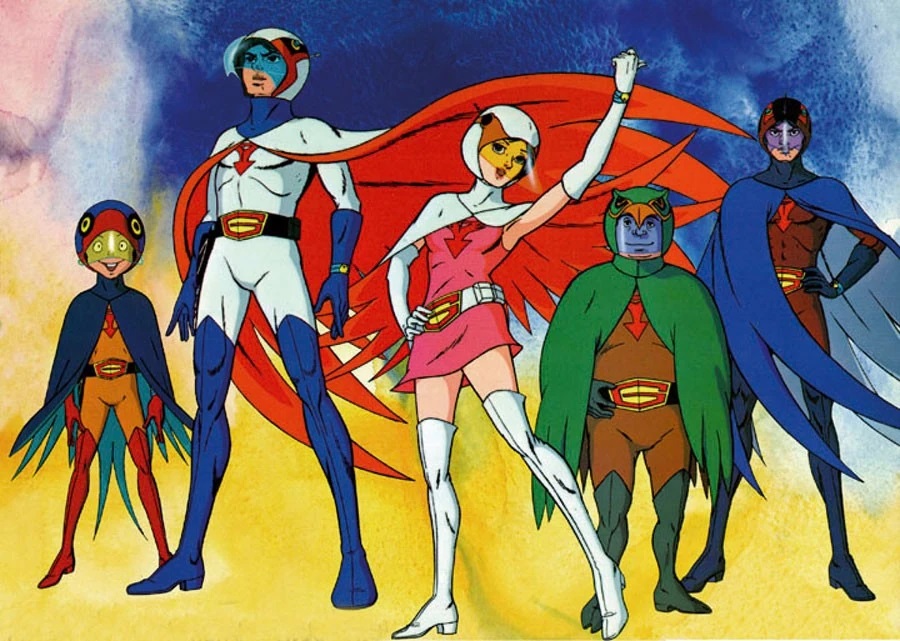
Cartoon Network’s first attempt at bringing anime to the west began airing in 1995. I caught it after school one day and was immediately engrossed, creating a lifelong love of Japanese media. Airing at a time when Sentai was beginning to take hold in the west due to the smash success of titles like Mighty Morphin’ Power Rangers, it really charmed my young imagination.
This was also during the time anime scripts would be changed and chopped apart, which led to some shenanigans with the *other* adapted version of Gatchaman, Battle of the Planets. It’s been so long that I don’t remember much of it, but the character designs stuck with me, particularly the bird-themed costumes.
Years later, I searched for it under the name I remembered, but all that came up was Disney’s Guinea pig movie with an identical title. I would get a lucky break when Tatsunoko vs. Capcom was revealed and instantly recognized “Aggie” and “Dirk,” now going by their real names of Jun and Joe. For sure, a weird and twisting history, but it paved the way for anime in the United States. -QC (input(VOID))
A legendary series. It’s absolutely perfect and an easy recommendation to anyone interested in watching old anime.
Android Kikaider (Brovahkiin)
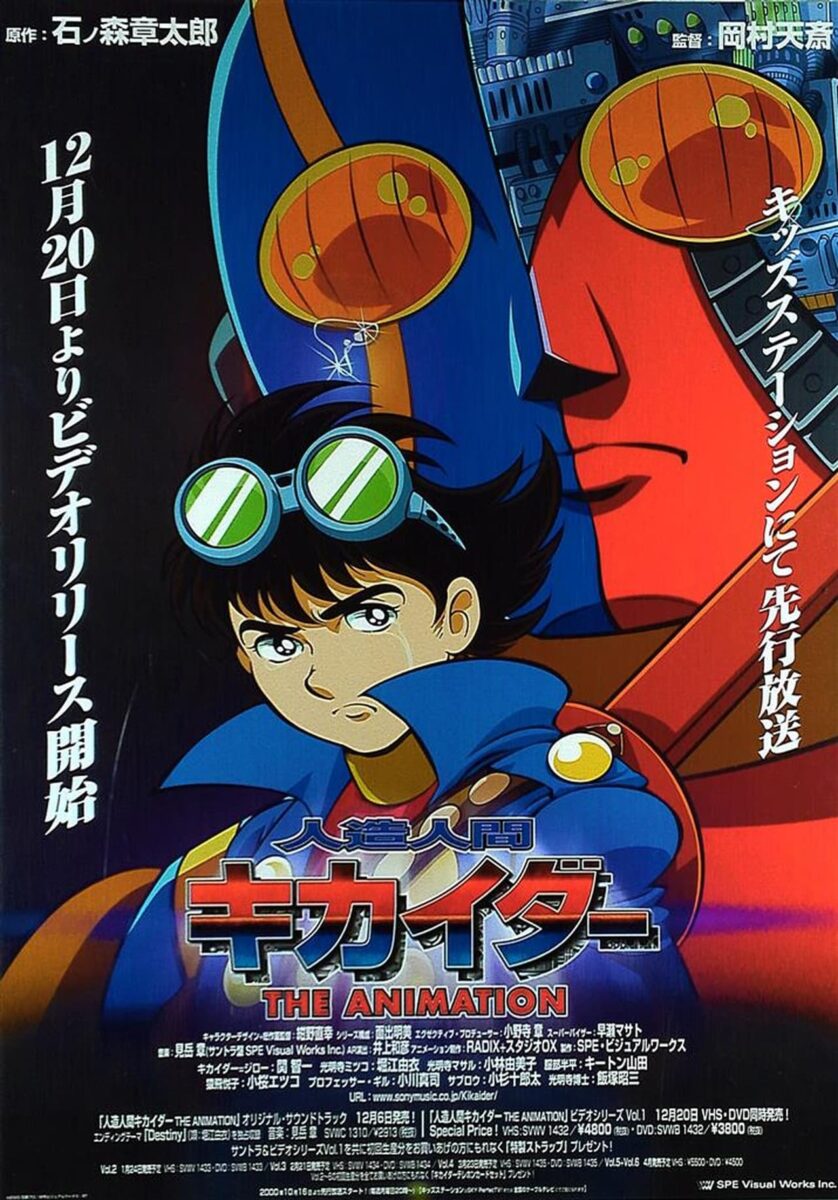
The first anime I had the pleasure of watching was probably Kikaider on Cartoon Network. I was only around the tender age of nine, so I had little understanding that it was this thing called “anime” from this faraway place called “Japan,” a country I would later find myself living in. I just knew it was different. It had a plot and storytelling elements that were more mature compared to other cartoons I was digesting at the time, like Dexter’s Laboratory.
I remember feeling excitement, sadness, remorse, and affection toward those characters. I remember very little about the show itself, but viewing images on Google begins to stir some bygone neurons within the gray matter. I’ve been meaning to re-watch it at some point, and I fondly remember asking my mom to record episodes on VCR when they aired late at night. I wonder if those tapes still exist somewhere. -Brovahkiin
Kikaider is another easy recommendation, and I feel it’s been ignored for a while. Here’s the ending theme. If it has lived in my head rent-free for years and years, it should live in yours, too.
Sailor Moon and Hikaru no Go (Calw Walker)
My family moved around several times in the mid/late 90s, which meant they dropped off my siblings and me at various daycare centers whenever my parents were at work or the gym. But I remember their lawyer or real estate agent (I don’t know, I was 7) had a small room in their office for kids to play in while they discussed business with their clients. They had a small TV with a VCR and some Sailor Moon VHS tapes. I thought Serina’s magical transformation sequence and Amy’s water magic were so enchanting that I begged my parents to rent more from Blockbuster each week.
Several years later, I remember Toonami Jetstream launching and, at first, only watching Naruto. But one of their exclusive shows, Hikaru no Go, pulled me in and made me appreciate the kind of stories that Western cartoons weren’t telling.
In retrospect, I can probably credit those two series to why I love celestial themes, blue hair, and atmospheric dramas more than shonen anime. -Calw (Calw Walker)
Hikaru no Go is like Yu-Gi-Oh!, only for a single board game. It’s another easy recommendation.
Voltes V (MsqD)
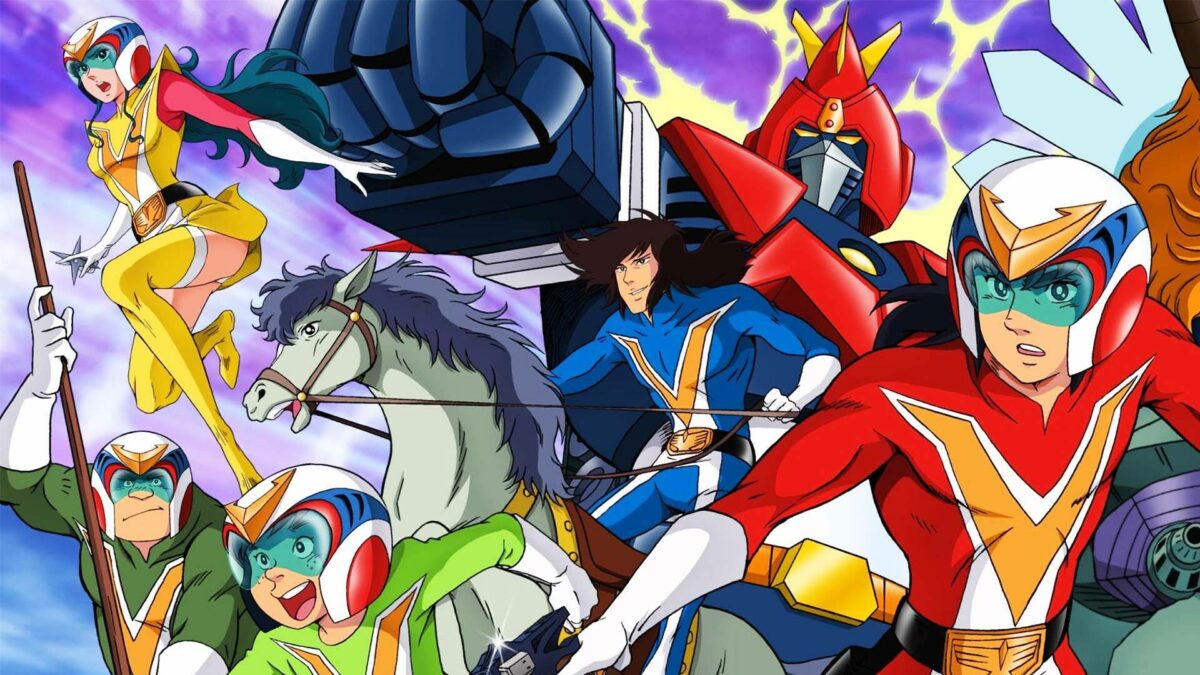
As a kid, one of the very first anime that I recall seeing was Voltes V. One of the most popular mecha shows to air on Filipino TV back in 1978, its claim to notoriety was getting banned on the orders of Ferdinand Marcos over being too violent, and as some have long speculated, for being deemed too subversive. While the censorship was lifted after the People Power Revolution, it wasn’t until the ’90s that the whole series, including the unaired final episodes, was broadcast in full.
Despite other anime already being on local TV by then, this seemingly dated show captivated my young mind. Whether it was the catchy theme song, the action sequences, or the grand yet touching storyline, there was something incredible about it that Western cartoons didn’t really have.
In hindsight, the show might come off as cheesy and melodramatic. Maybe it was because I watched it during a pivotal period, as the Philippines’ fascination for anime firmly took root. Still, Voltes V holds a special place in my memories. -MsqD
Voltes V is getting what looks to be an incredible live-action series titled Voltes V: Legacy from GMA Entertainment Group, a group from the Philippines. They’re teaching a master class on how anime is adapted outside of Japan. Their love and appreciation for Voltes V are evident in every scene of the trailer, one where they showed a comparison shot between their work and the original anime.
Astro Boy, Bubblegum Crisis, and Guyver (Fish)
I grew up watching anime on TV and VHS. I started with the black and white Astro Boy since it was considered a children’s show, which did not initially make me interested in anime until I saw Bubblegum Crisis and Guyver. Guyver blew my mind away as a kid watching the show. The transformation was like those Sentai warriors but more brutal, and it felt like I was a grownup because it had blood and more action. Then Bubblegum Crisis awakened my inner hentai (just kidding, or am I?). It was a fantastic series that showed strong, cute women who fought hard and rough to defend Earth in a sci-fi way. -Fish
Another hallmark anime series from the early days of anime. Astro Boy is especially a historically significant anime series. Toshimichi Suzuki, the creator of Bubblegum Crisis, explained that the title comes from seeing the world in crisis, as gum being chewed and the bubble about to be popped.
Project A-Ko and Record of Lodoss War (L.B. Bryant)
My journey into anime has been documented on multiple websites throughout the years. If you dig around the surface level, you’ll know that my gateway drug was Sailor Moon. Specifically, Sailor Moon S. It came on every afternoon during my high school years, and I grew to love it thanks to a dear friend of mine. However, that wasn’t my first real exposure to anime. Not by a long shot.
My first real exposure to anime came in my very early teen years back when people would get random adverts in the mail from fly-by-night VHS tape companies hawking whatever wares they could get their hands on. Unluckily for my parents, I got my hands on one of these and saw that they had a two-series sampler package that contained Project A-Ko and Record of Lodoss War. I had never heard of either of these series before. All I knew was that they were the fabled “anime” I had heard so much about while growing up, and I had to see it. I begged my parents to get me this set, and finally, they relented (I’m sure they instantly regretted it). While they may not have been as wild about what I ended up seeing the day those tapes arrived as I was, those VHS marvels steered me in the direction I ended up in today. Thanks, mom and dad. -L.B. Bryant
Both are easy recommendations and are classic series with cute and sexy girls in prominent roles. Record of Lodoss War has elf girls, and it has done much to set a standard for high fantasy in Japan, so yeah, you may watch it after finishing this article.
What was the first or the earliest anime that you can remember? What series dragged you into the world of cat girls and robot boys? Let us know in the comments below.



